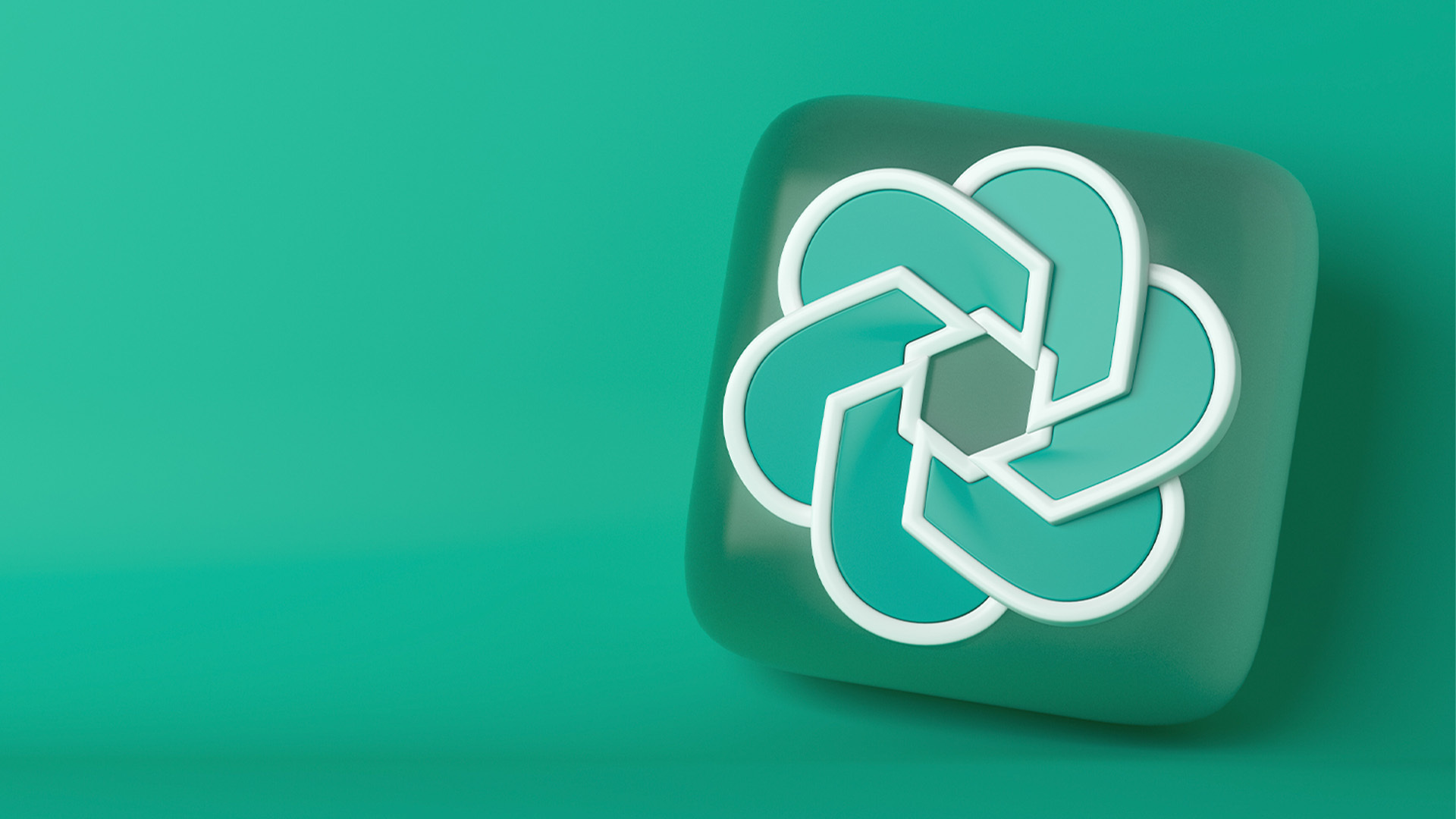The worst AI strategy is no strategy at all.
Too many operations teams bolt AI tools onto broken processes and expect miracles. Before investing in the newest and greatest tech, ops leaders need clarity on what AI is meant to do for their organisation.
Ask yourself:
- What problems am I solving?
- Where do inefficiencies live today?
- What decisions are bottlenecked by poor data or limited capacity?
- Who’s responsible for managing AI tools, outputs, and ethics?
A strategic AI implementation should reduce friction, not introduce more of it. That means aligning your AI efforts with operational goals: faster reporting, cleaner handoffs, smarter resourcing, better forecasting.
Start small, think long-term, and don’t fall for hype. AI isn’t magic; it’s a multiplier. But it only multiplies what’s already working, so get your foundations in order first.
AI anxiety is real (but it’s [mostly] misplaced)
AI isn’t coming for your job. It's coming for your bad processes.
Still, 77% of workers worry about AI replacing them, and 48% of operations leaders say AI is making their job more stressful. There’s a reason: most AI tools are being dropped into workflows without clear intent, training, or governance.

Source: EY
But AI isn’t a sentient ops overlord. It’s an assistant, albeit a very fast, slightly unpredictable one. Used well, it frees you from grunt work and lets you focus on strategy, systems, and scale.
The key is understanding what agentic AI isn’t:
- It doesn’t think like a human
- It won’t fix broken processes
- It can’t replace institutional knowledge or leadership
But here’s what it can do:
- Automate repetitive tasks
- Analyze data at speed
- Enable real-time decision-making
- Surface insights humans miss
The ops leaders who thrive in the AI era won’t be the ones who know the most code. They’ll be the ones who ask better questions and design better systems around the answers. Here are some of the best AI-powered tools for optimizing your operations tech stack.
1. Reporting: Hurree
The most overlooked AI use case in operations? Better reporting.
Data isn’t helpful if no one can find it, understand it, or act on it. And most operations teams are drowning in dashboards that raise more questions than they answer.
Hurree solves that.
It’s an AI-powered data analysis and reporting platform designed to cut through the noise. Hurree connects to your existing tech stack, pulls data from silos, and delivers plain-English insights so your team doesn’t waste hours fiddling with filters.
Why it matters:
- Up-to-date reporting across fragmented systems
- AI-generated summaries for faster decision-making
- Custom dashboards that actually get used
- Zero SQL required

Hurree doesn’t just visualize your data, it gives you a narrative. For operations leaders tasked with juggling performance, resources, and budgets, that narrative is gold.
Because in AI-powered ops, the smartest decisions still come from humans. They just need better information. That starts here.
2. Customer Support: Intercom
Customer support is an ops nightmare when it scales without structure. Tickets pile up, SLAs slip, and your team turns into a help desk with burnout issues. Enter Intercom: an AI-enhanced customer service platform designed to triage, automate, and deflect before a human ever has to step in.
Intercom’s bot-first strategy extends your team, rather than replacing it. Their AI intelligently routes queries, provides instant answers from your help docs, and escalates only when needed.
Key capabilities:
- AI chatbots trained on your support docs
- Intent detection to match queries with the right workflows
- Customisable resolution paths to streamline complex issues
- Reporting dashboards for tracking volume, resolution time, and satisfaction
The result? Your support team stops firefighting and starts focusing on the tickets that actually need their brainpower. And your customers get faster answers, fewer delays, and better experiences.
For ops leaders, Intercom isn’t just a support tool, it’s a capacity unlock.
3. Recruitment: SeekOut
Hiring used to mean sifting through CVs and praying the algorithm gods sent decent candidates. SeekOut makes recruitment radically smarter.
This AI-powered talent intelligence platform doesn’t just scrape job boards. It sources passive candidates from public profiles and helps you build diverse, qualified pipelines faster.
What makes SeekOut powerful for operations?
- Talent mapping to identify skill gaps across teams
- AI-suggested candidates based on job requirements and team fit
- Diversity filters and compliance-friendly search
- Predictive analytics for hiring velocity and talent trends
For growing companies, the cost of bad (or slow) hiring is operational drag. SeekOut ensures you fill roles with the right people at the right time.
It’s recruitment, but with the speed, scale, and smarts of AI.
4. Meeting Scheduling: Reclaim
Meeting overload is the death of operational productivity. Reclaim fixes that automatically.
Reclaim is an AI-powered scheduling tool that protects your team’s time without endless back-and-forth. It syncs calendars, prioritises focus time, and adapts dynamically when your week goes sideways (which, let’s face it, it always does).
It does this based on user-defined rules and preferences , so the AI works with you, not around you.
What it automates:
- Time-blocking for deep work, admin, lunch, and priorities
- Meeting rescheduling based on different elements
- Calendar syncing across personal and work accounts
- Analytics on time spent in meetings, focus, and routines
This isn’t just a glorified booking app. Reclaim acts like a smart time strategist for your team, keeping the schedule aligned with your goals, not just your invites.
For operations leaders, reclaiming time isn’t a luxury; it’s a necessity. And Reclaim makes it automatic.
5. Project Management: Notion
Traditional project management tools treat humans like widgets and workflows like assembly lines. Notion flips that script and adds AI to the mix.
As an all-in-one workspace, Notion blends docs, databases, task management, and wikis. The AI layer adds speed and clarity. Think auto-generated summaries, idea expansion, and real-time knowledge management.
Why Notion works for ops:
- Unified platform for projects, SOPs, and documentation
- AI-powered content generation and task automation
- Easy cross-functional collaboration
- Templates and databases that scale with complexity
Whether you’re launching a new product, managing cross-team OKRs, or just trying to keep your house in order, Notion with AI is like a second brain that’s always organised and never forgets a due date.
It doesn’t just manage work. It makes it visible, actionable, and (dare we say) pleasant.
6. Business Communications: Slack
Slack is the nerve centre of most operations teams and now it has a brain. With AI-powered summarisation, search, and automation, Slack has graduated from chat tool to smart communication hub.
Here’s what Slack’s AI* does well:
- Summarises long threads and missed messages
- Suggests relevant channels and files based on queries
- Surfaces decisions, action items, and blockers
- Integrates with workflows to trigger next steps automatically
Ops leaders no longer have to dig through message overload or chase answers across threads. Slack’s AI keeps knowledge accessible and aligned with execution.
It's not just faster communication. It's smarter operations.
*Slack AI is still rolling out, so feature access depends on your workspace plan and geographic region.
7. Cybersecurity: CrowdStrike
Operational efficiency means nothing if your systems aren’t secure. And in the age of AI, threats are evolving faster than ever.
CrowdStrike uses AI and machine learning to detect and respond to cyber threats in real time. It analyzes billions of events per day, identifying patterns that signal compromise before humans can spot them.
What CrowdStrike delivers:
- Endpoint detection and response (EDR) powered by AI
- Threat intelligence based on global attack telemetry
- Real-time protection across devices, users, and environments
- Incident response capabilities that operate at machine speed
For ops leaders managing distributed teams and cloud infrastructure, security isn’t a separate function, it’s embedded into every system and workflow.
CrowdStrike doesn’t just reduce risk. It keeps your operational engine running without interruption.
8. Innovation Management: Brightidea
Innovation doesn’t happen by accident; it happens by design. Brightidea helps operations leaders capture, evaluate, and execute on ideas using AI to prioritise the ones with the highest impact.
What it enables:
- Custom idea challenges for internal or external stakeholders
- AI-assisted scoring to evaluate feasibility, ROI, and risk
- Workflow automation to move ideas through review and implementation
- Visibility dashboards to track innovation pipeline health
Ops leaders often get boxed into "efficiency mode." Brightidea pulls you into "transformation mode" by systematising innovation across departments.
Because the next big idea shouldn’t get lost in someone’s inbox. It should be the start of your next operational advantage.
9. Process Documentation: Scribe
Most operational know-how lives in someone’s brain, or worse, a dusty Google Doc no one reads. That’s a problem when you're scaling, onboarding, or just trying to get consistent results. Enter Scribe: an AI-powered tool that documents processes as you do them.
Scribe quietly watches over your shoulder (without being intrusive), automatically turning your clicks and keystrokes into step-by-step guides with screenshots and instructions, no manual input required.
Why operations teams love it:
-
Instant SOPs created while you work
-
AI-generated instructions with visuals, branding, and share links
-
Templates for repeatable workflows
-
Easy handoffs across teams and functions
For ops leaders juggling onboarding, audits, and training, Scribe is like having a documentation assistant who never forgets a step, doesn’t complain, and works in real time. It turns tribal knowledge into operational consistency—without slowing anyone down.
Because if your best processes only exist in your head, you don’t have a process. You have a bottleneck.
Don’t let inefficiency be your legacy
The future of operations isn’t built on spreadsheets and status meetings. It’s driven by smart systems, streamlined workflows, and AI tools that help you do more with less.
These 9 tools aren’t here to take your place. They’re designed to give you back your time, your clarity, and your edge. When AI handles the repetitive tasks, you can focus on strategy, scaling, and turning operations into a competitive advantage.
This is your opportunity to lead from the front, not play catch-up.
If you're ready to stop reacting and start optimising, it’s time to upgrade your ops stack.
Share this
You May Also Like
These Related Stories

Getting the Most Out of ChatGPT: A Comprehensive Guide

Artificial Intelligence Statistics You Need to Know [2023]


